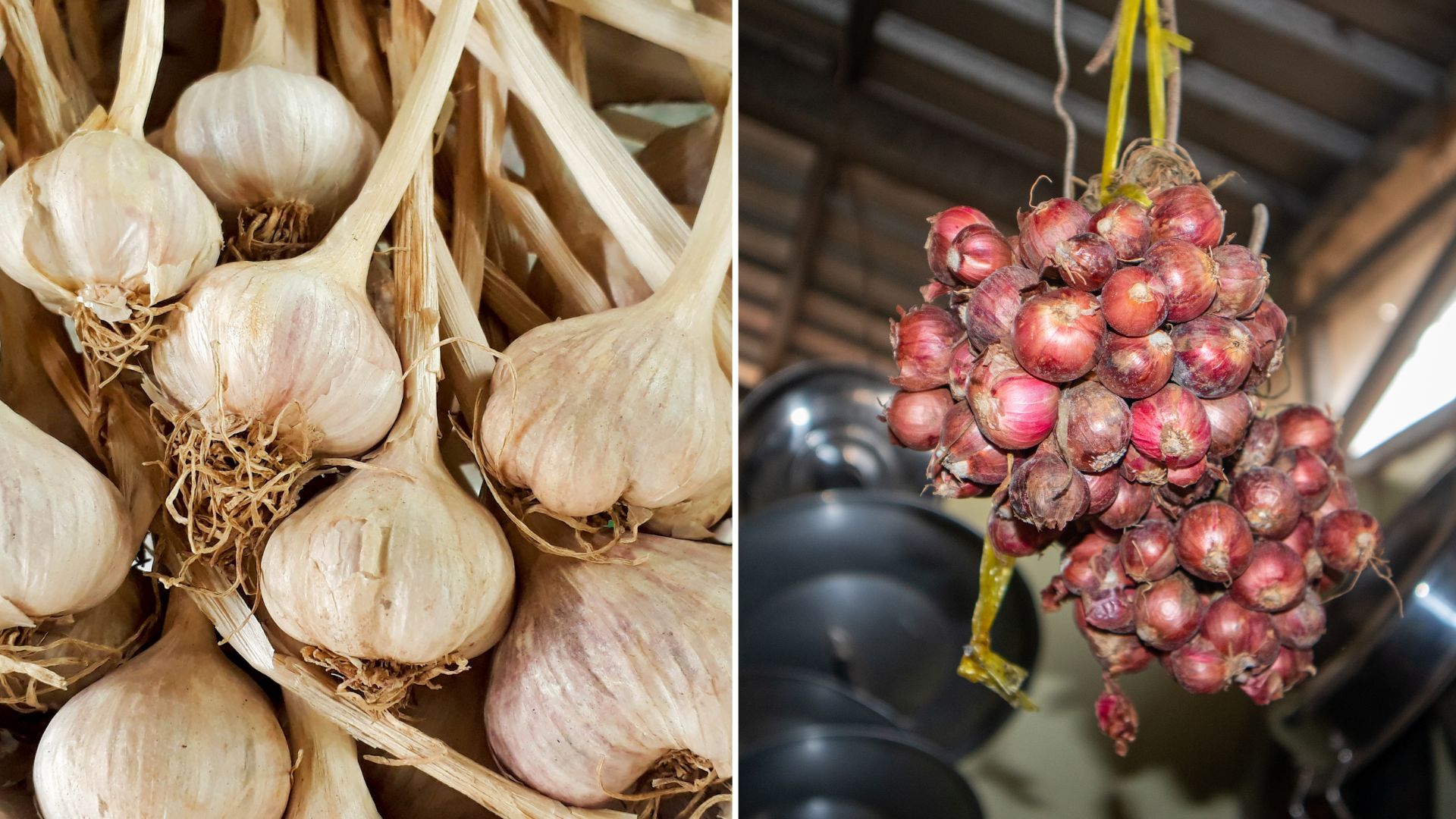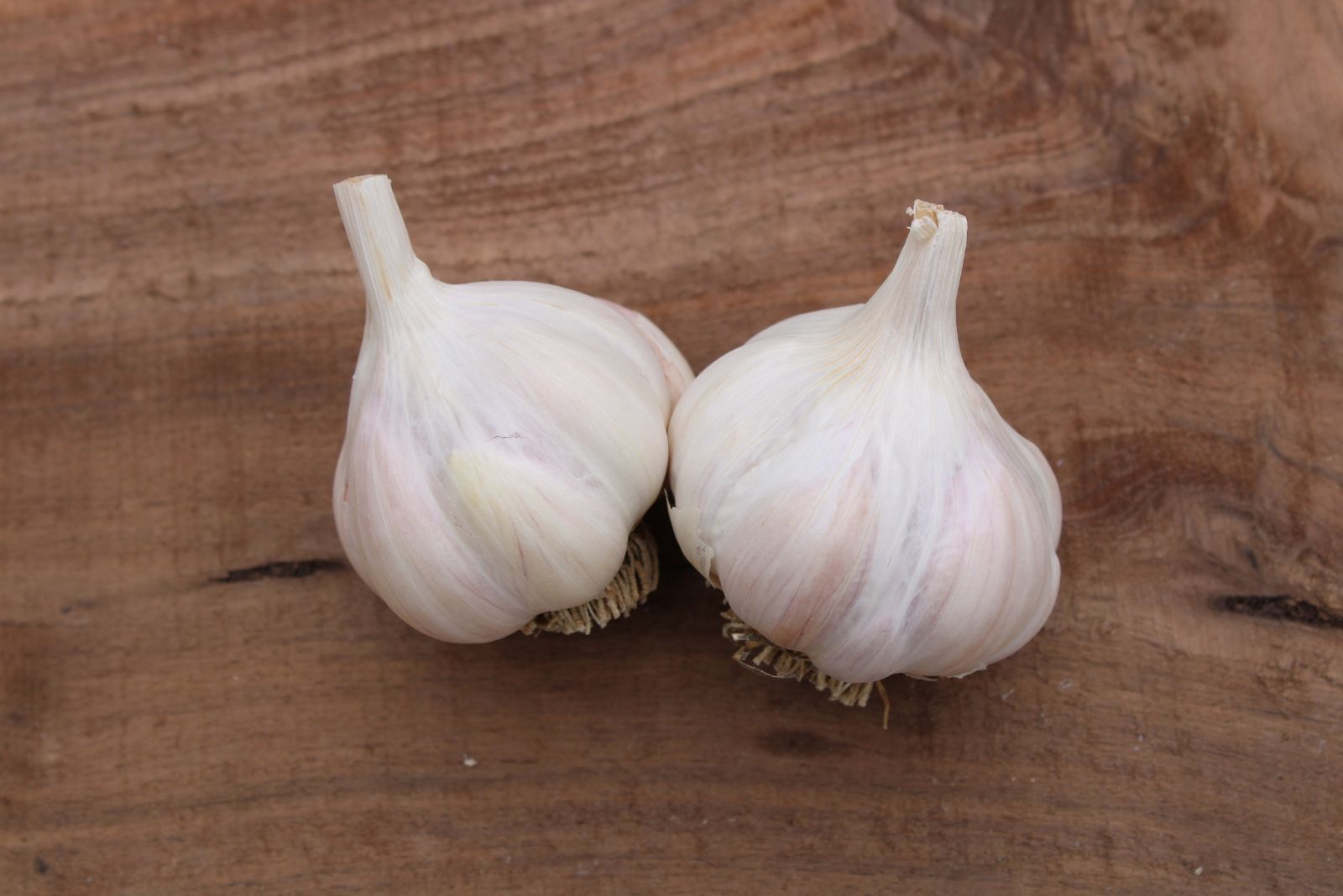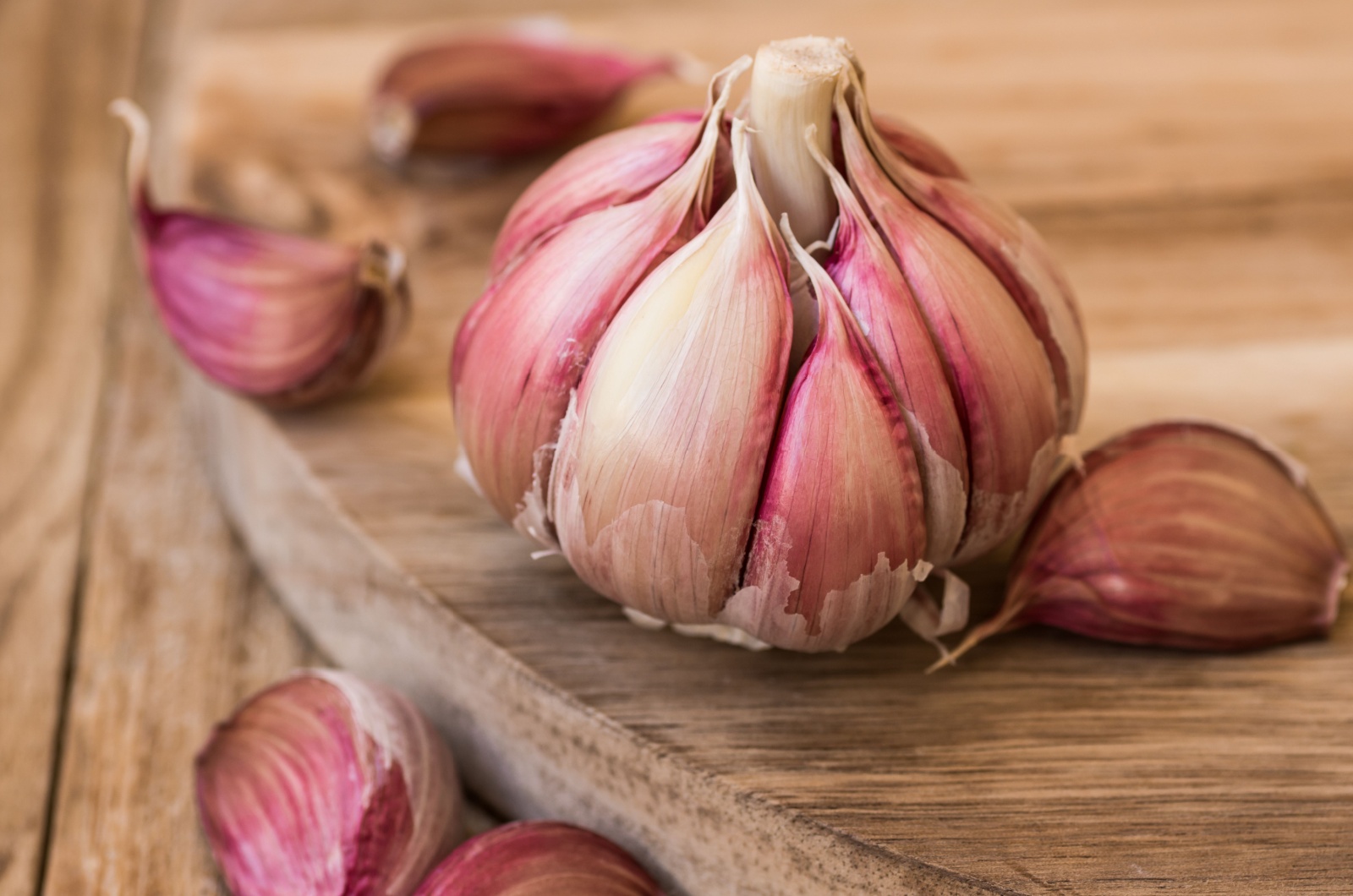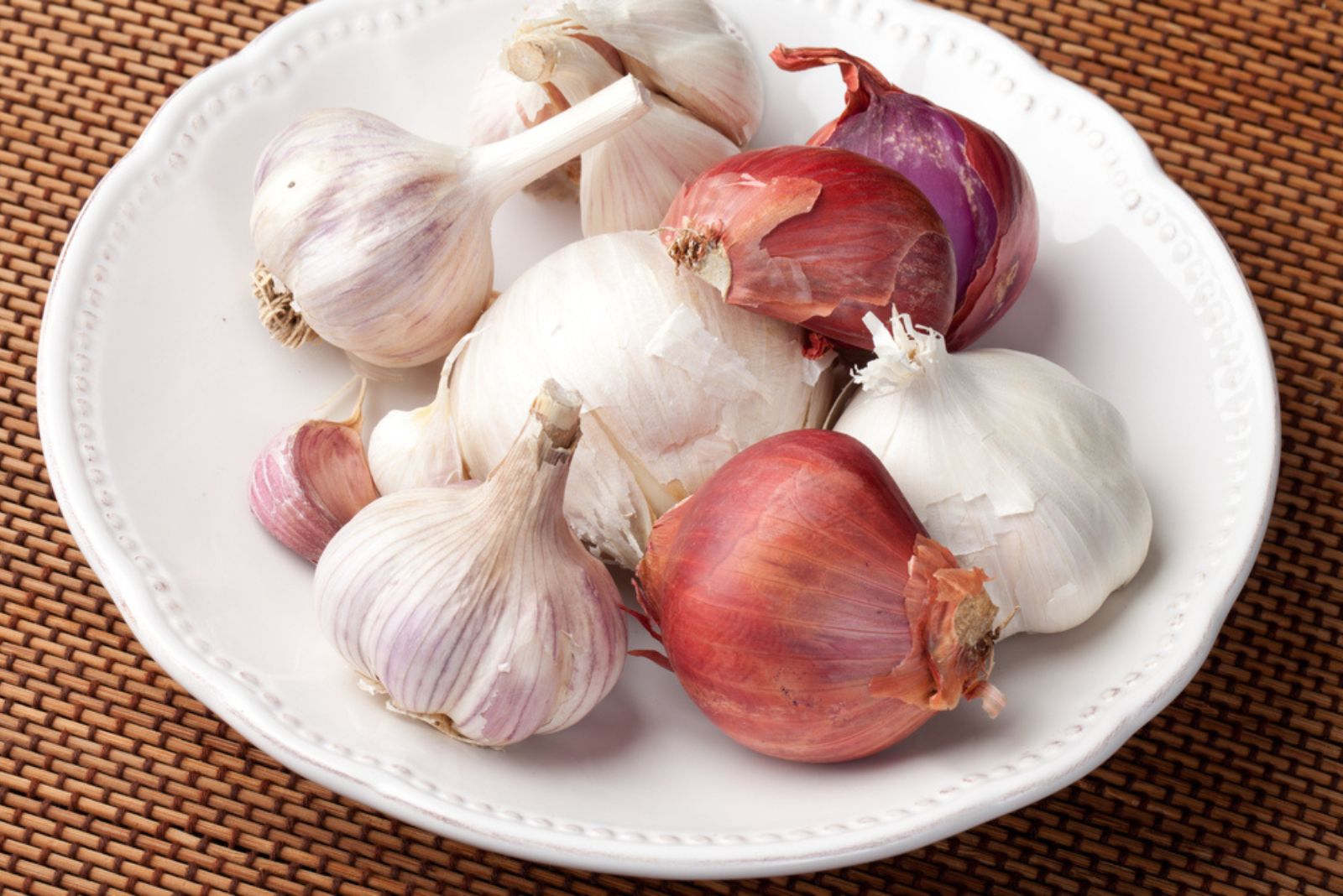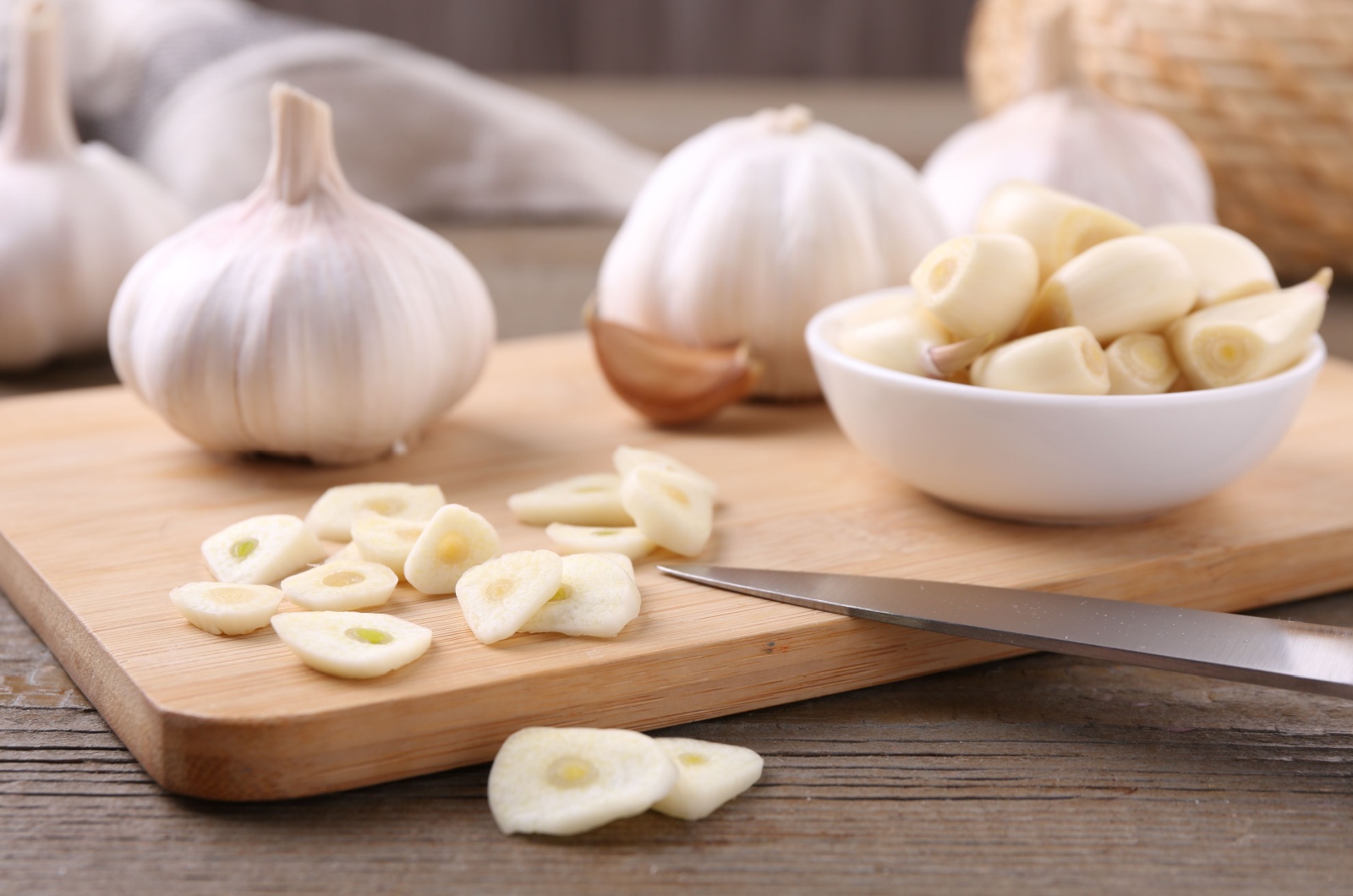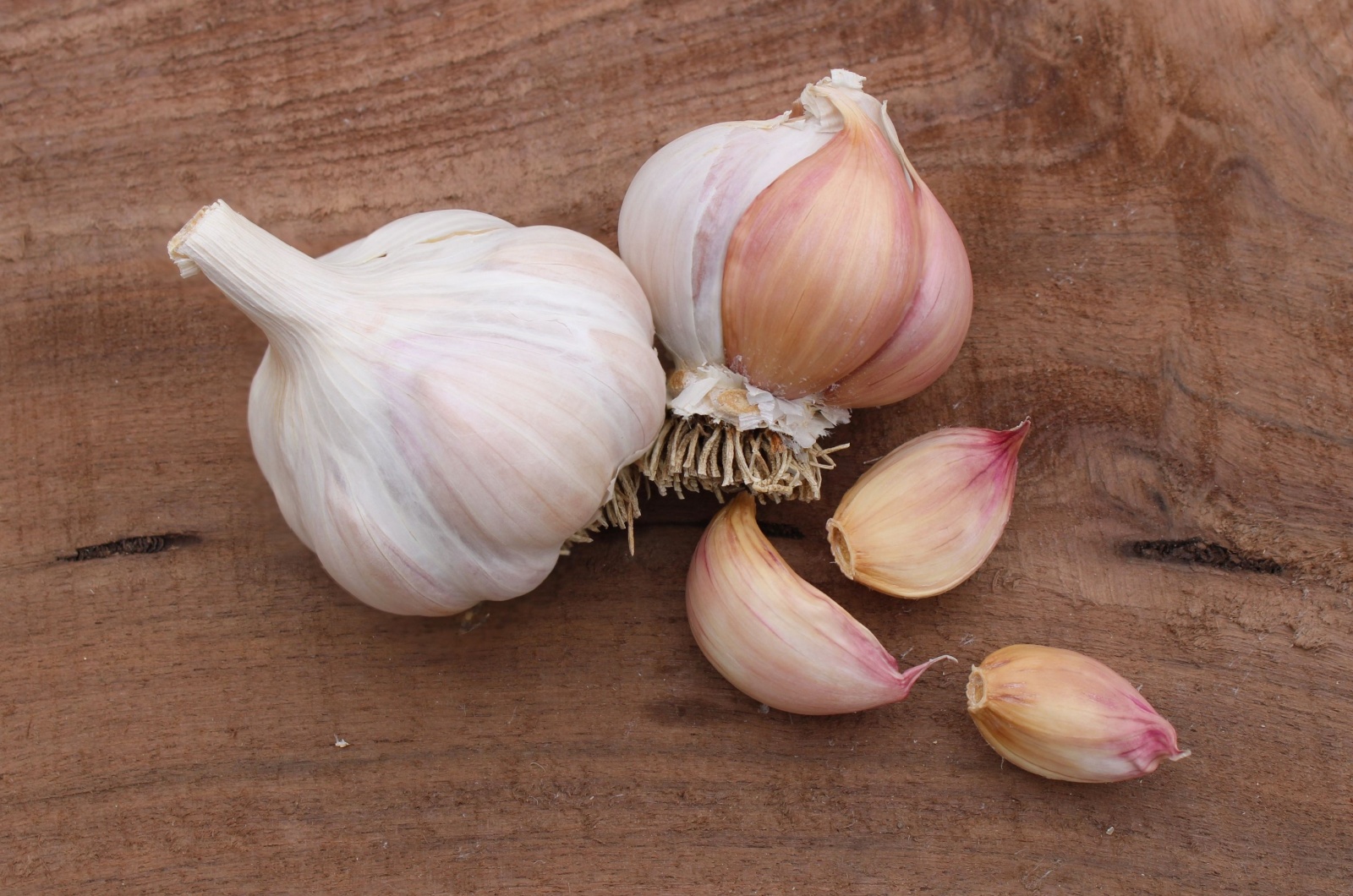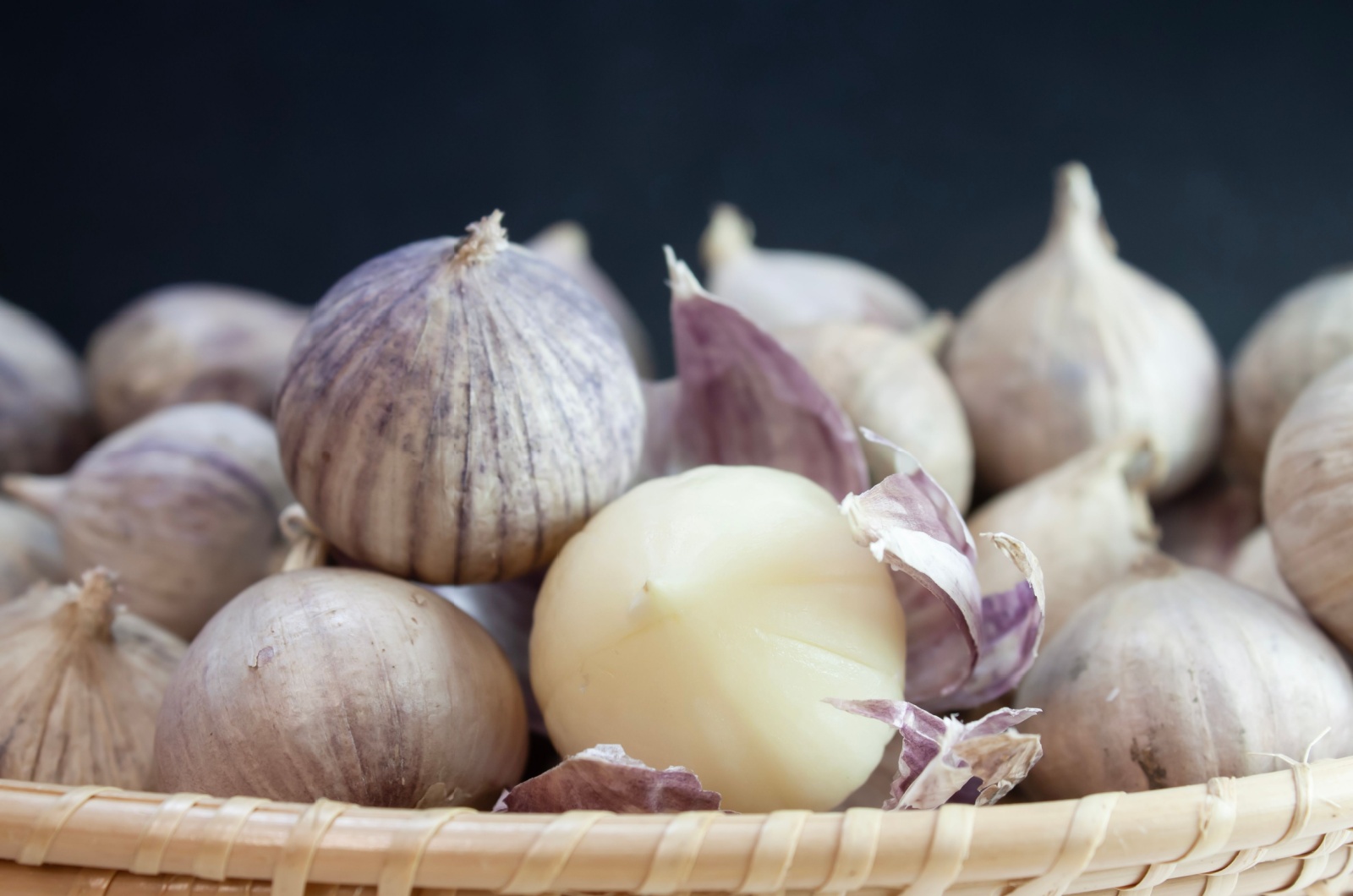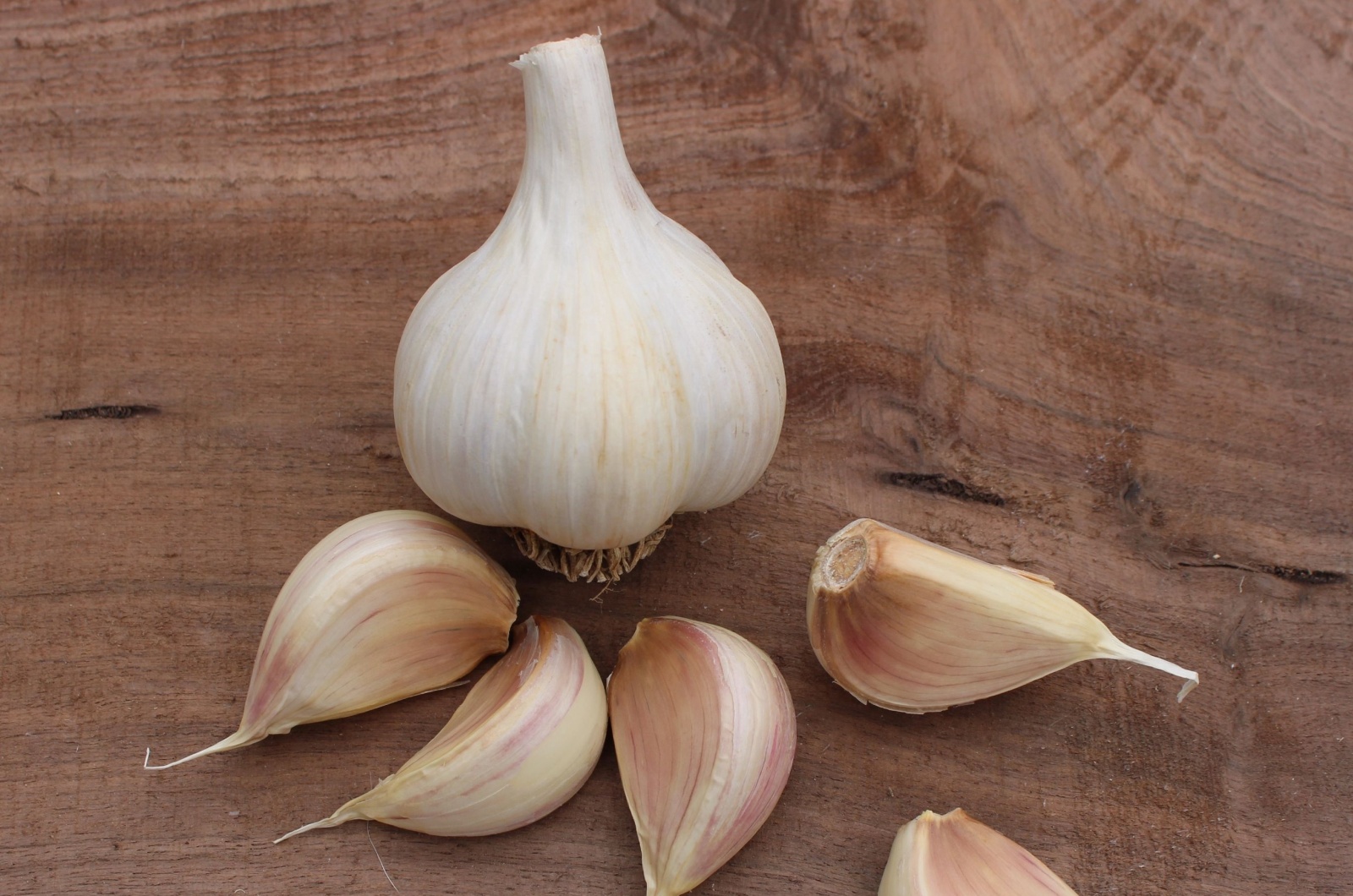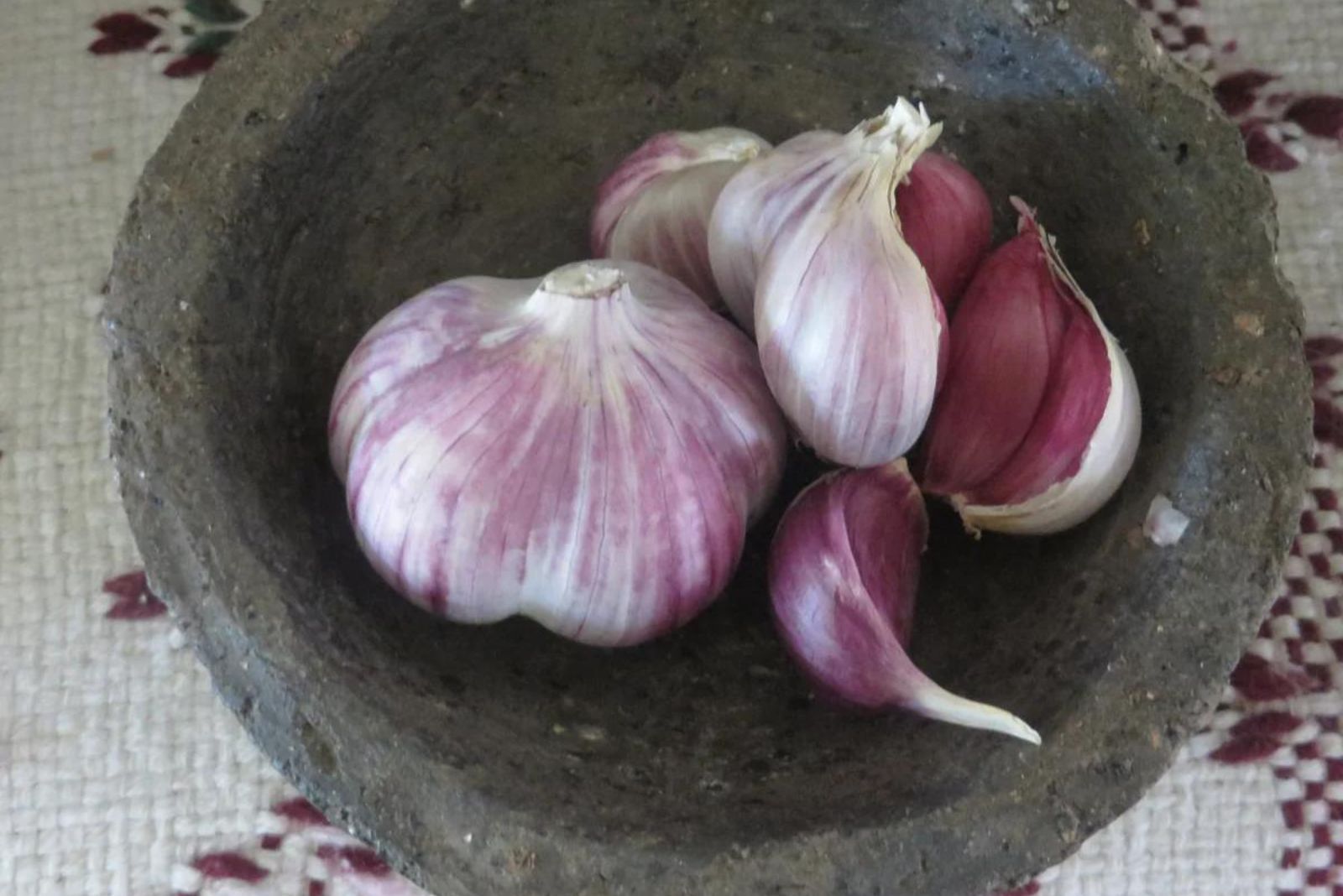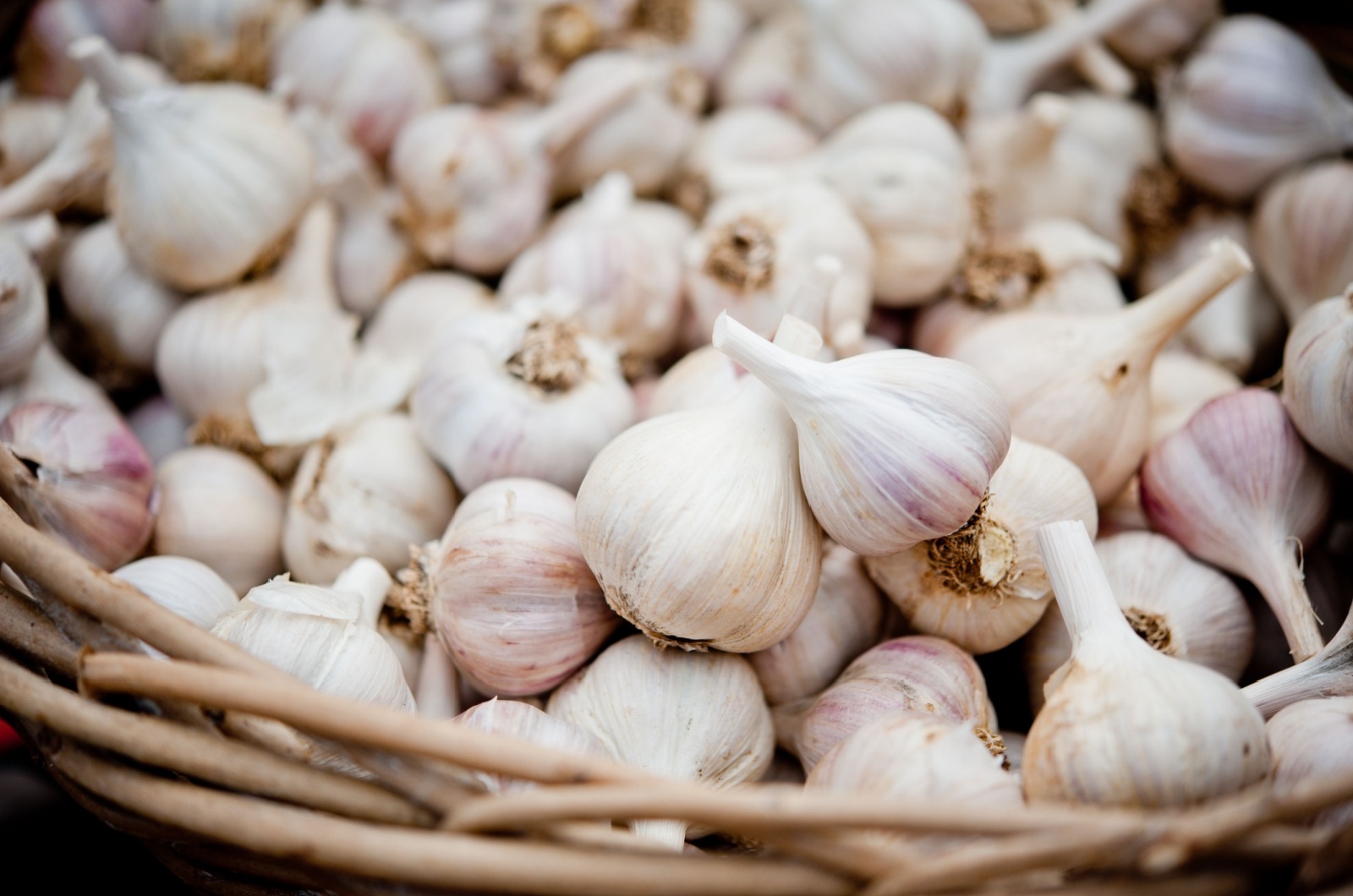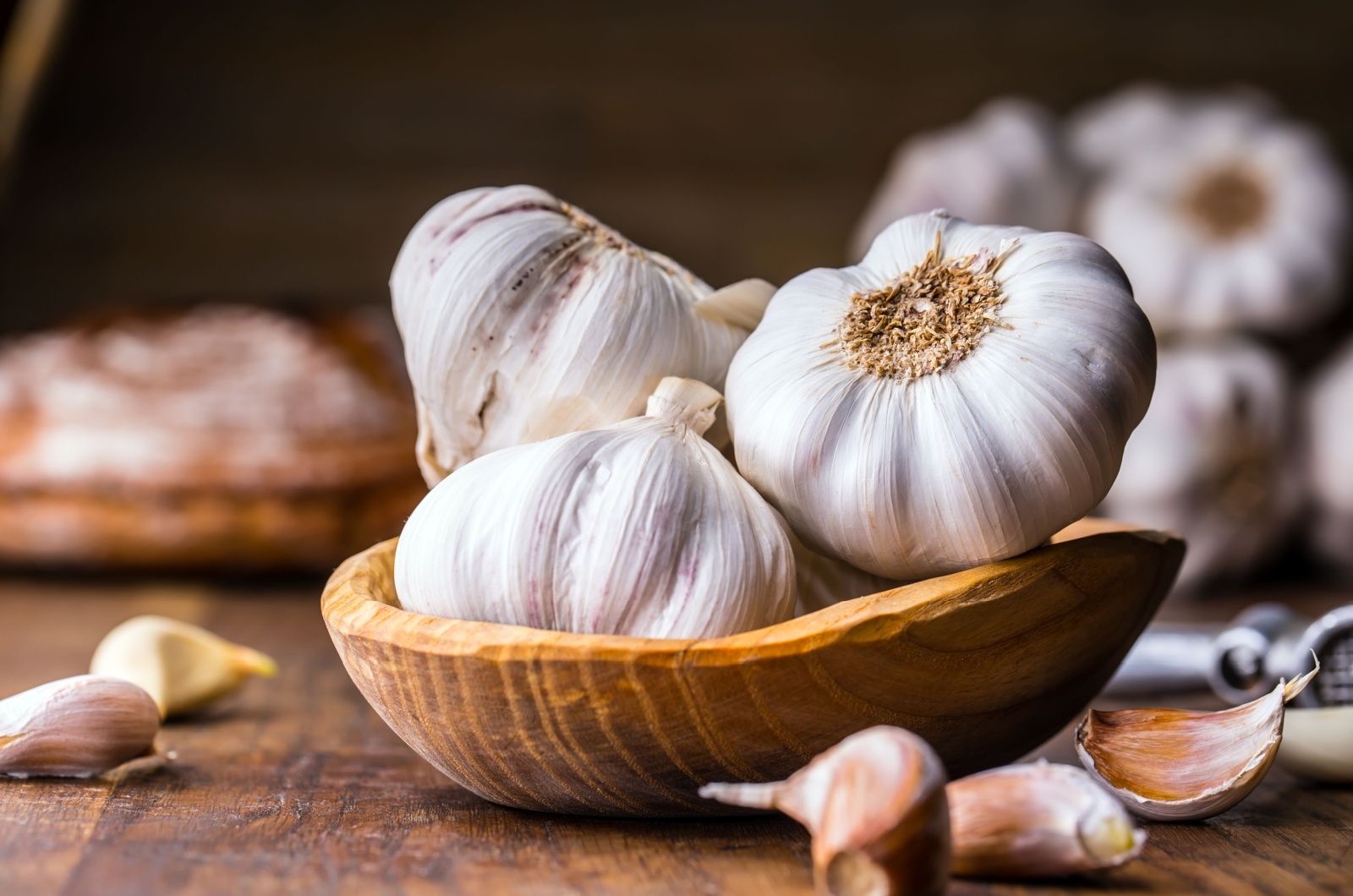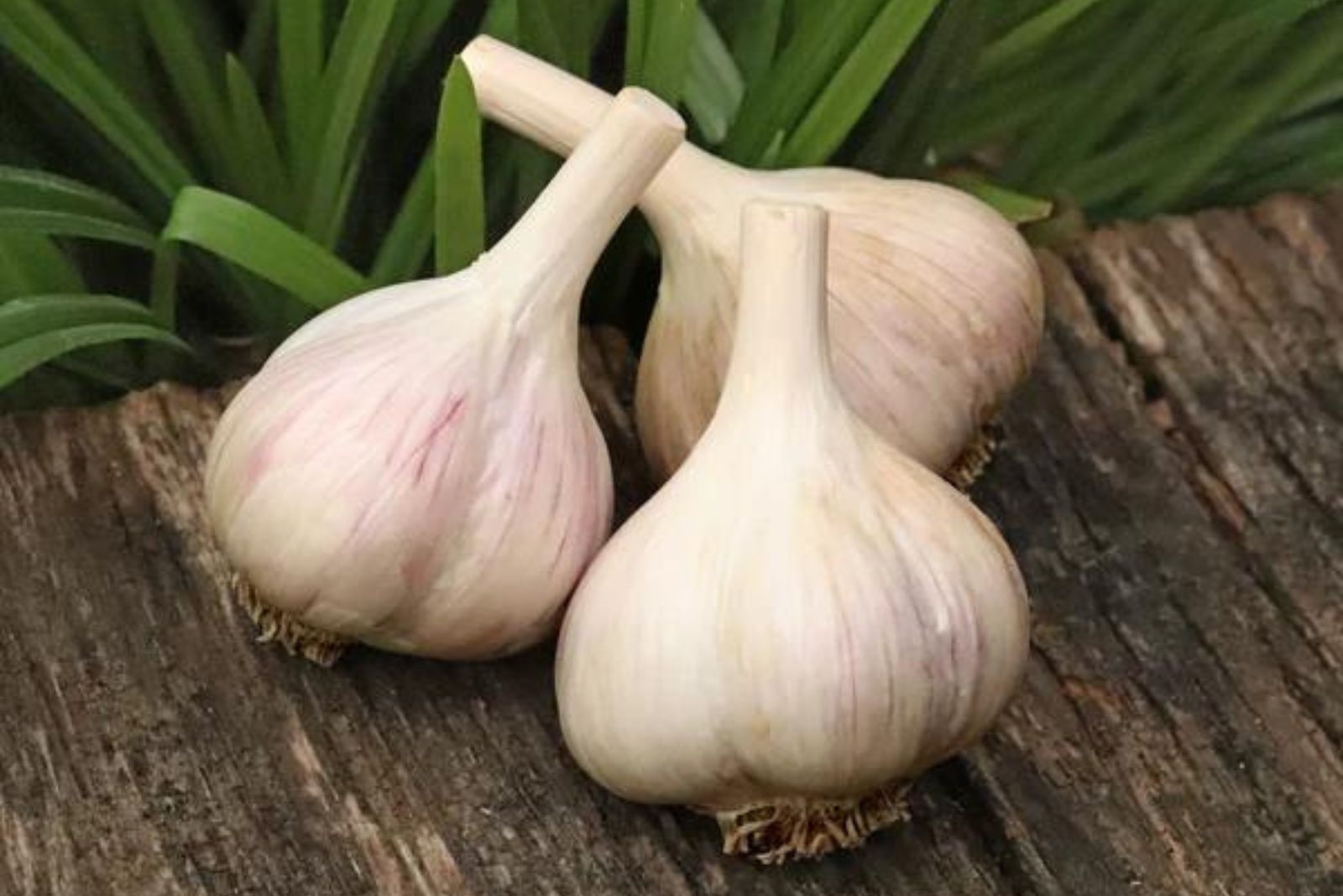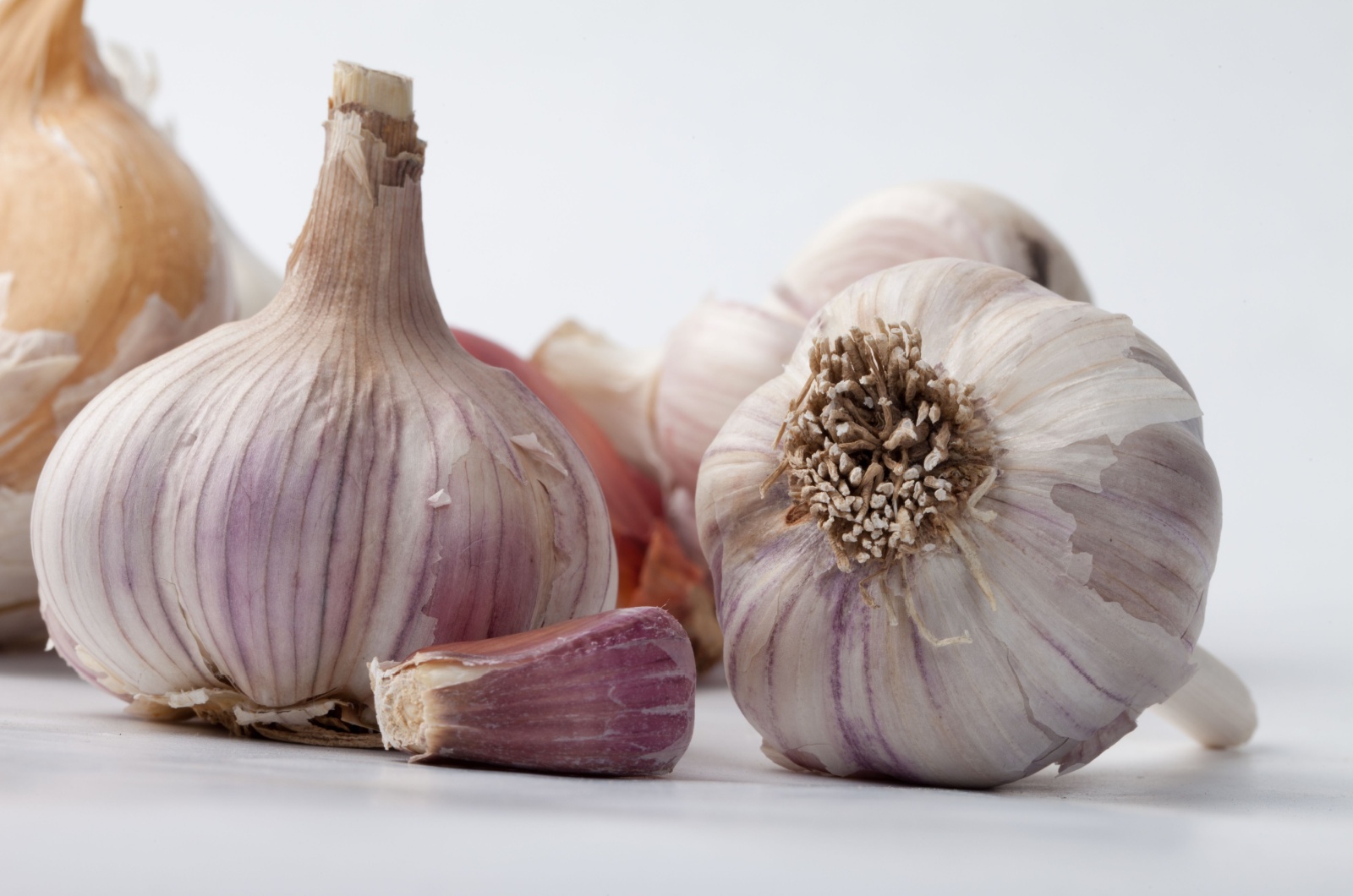As the temperatures begin to cool and the leaves start to change, you should prepare yourself for fall planting. Among many other options, garlic definitely stands out as a versatile crop that is quite easy to grow.
There are so many different garlic varieties to choose from, each with its own unique flavor and uses, which is why it’s crucial to find the one that fits your needs. One important factor to consider when selecting garlic varieties is whether they are hardneck or softneck garlic.
Hardneck varieties typically produce larger cloves with more complex flavors and are more suitable for cooler climates, while softneck garlic stores better and is known for its braiding capabilities.
In this article, we are going to cover some of the best garlic varieties to plant this fall, so stay tuned!
1. Silver White
‘Silver White’ garlic is a classic variety known for its mild, yet slightly spicy flavor. Roasted, baked, or eaten fresh – ‘Silver White’ tastes good whatever you do with it!
This is a softneck garlic, which makes it an excellent option for braiding due to its flexible stems. In colder temperatures, ‘Silver White’ can turn and act as a hardneck variety, which means that you can grow it wherever you want.
Also read: The 7 Garlic Growing Stages: A Complete Guide
2. Chesnok Red
‘Chesnok Red’ is a hardneck garlic variety famous for its robust and rich garlic flavor, which becomes even sweeter when roasted.
If you are looking for red garlic, then ‘Chesnok Red’ is the one for you. It has striking purple stripes on the bulb wrappers that make it visually appealing. This unusual variety originates from Russia (Chesnok means garlic in Russian).
3. Spanish Roja
It is said that ‘Spanish Roja’ is one of the most beautiful types of garlic on the market today!
This variety has delicate white bulbs covered with purple stripes, which open to yellow cloves that have purple dots all over them!
It is also a hardneck type of garlic that can grow in colder regions. It has an earthy taste with spicy undertones, and is great for adding to dishes like soups, stews, and sauces.
4. Montana Zemo
‘Montana Zemo’ is a porcelain hardneck garlic variety with a strong, robust flavor. Once it is cooked, the cloves have a sweeter and richer taste.
It’s obvious where this hardneck variety got its name – after the base of the Mission Mountains in Northwestern Montana, where it was first cultivated. It’s characterized by large bulbs and easy-to-peel cloves.
5. Nootka Rose
‘Nootka Rose’ is a softneck garlic known for its large bulbs that are formed by 20 cloves in overlapping layers which have deep rose to light purple stripes. It has a mild, yet slightly spicy flavor and is often used in salad dressings.
If you don’t have enough garden space and want to grow garlic at home, then you should check out these Top Tips For How To Grow An Endless Supply Of Garlic At Home.
6. Sicilian Artichoke
‘Sicilian Artichoke’ garlic has more of a sweet and nutty flavor with a subtle spiciness. It’s excellent for roasting, as it becomes creamy and delicious when cooked.
This is also a softneck garlic variety that has white bulbs which can turn purple, depending on the climate they are growing in. You can braid their stems and then store them for up to 8 months!
7. Elephant
Despite its name, elephant garlic is actually a type of leek, not a true garlic (even though it is a well-known garlic variety on the market!). This is because this species has similar shape and uses as garlic, but in reality is more related to leeks.
These are not called elephant for no reason – they have massive bulbs that are made up of 1 to 6 cloves. They are often used in dishes where a subtle garlic hint is preferred.
8. German White Stiffneck
‘German White Stiffneck’ garlic is a hardneck variety known for its strong, pungent flavor. It is a German variety that is commonly used in recipes like garlic butter and pickles, where a strong garlic taste is desired.
The cloves are enclosed in red wrappers that emerge as bright white bulbs, creating a stunning contrast. It grows well in cold temperatures.
9. Creole Red
‘Creole Red’ is one of the hardneck varieties that can thrive in warmer climates. It has deep purple-red clove wrappers and can last in storage for up to 12 months!
Creole Red is also known for its rich and robust flavor with a spicy kick. So, if you live in warmer regions and want to grow hardneck garlic, then you should definitely go for the ‘Creole Red’ kind.
You might be interested in: When To Harvest Garlic Scapes + 5 Tips For Using Them
10. Music
‘Music’ is probably the most interesting garlic variety. It is named after Al Music, a Canadian garlic grower who brought this variety from Italy in the 1980s.
‘Music’ garlic is a hardneck variety known for its symphony of flavors—sweet and spicy with a hint of nuttiness. The garlic becomes sweeter when roasted, although it is suitable for various culinary applications.
This variety also has huge bulbs that consist of 4 to 6 cloves. It is remarkably tolerant to colder temperatures and has a bountiful harvest.
11. Inchelium Red
‘Inchelium Red’ is a unique variety named after Inchelium, a Native American Reservation in Washington. It is a softneck kind of garlic that has between 8 and 20 cloves per bulb. It is also known for its strong garlic taste.
Be careful when storing it because they take a little longer to cure, but the flavor development is definitely worth the wait!
12. Romanian Red
Here is yet another ‘Red’ garlic variety!
‘Romanian Red’ is a hardneck garlic that has large bulbs which consist of around five cloves. This variety is known for its spicy and pungent flavors. So, if you want to add a strong garlic taste to your dishes, definitely opt for ‘Romanian Red’.
This variety is also commonly added to sauces due to its long-lasting flavor.
13. Ajo Rojo
‘Rojo’ means red in Spanish, so we are finishing off our list with yet another red variety.
The cloves are wrapped with pinkish-red wrappers and are hot when eaten raw. However, the flavor is more soft and creamy after they are cooked.
This is also a hardneck garlic that is suitable for growing in warmer regions. If the temperatures are higher, these hardnecks won’t form a scape like they normally would, which allows you to braid them and store them for up to 12 months.

